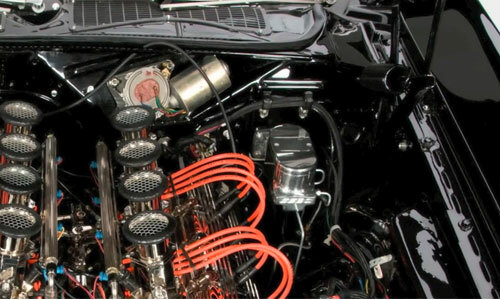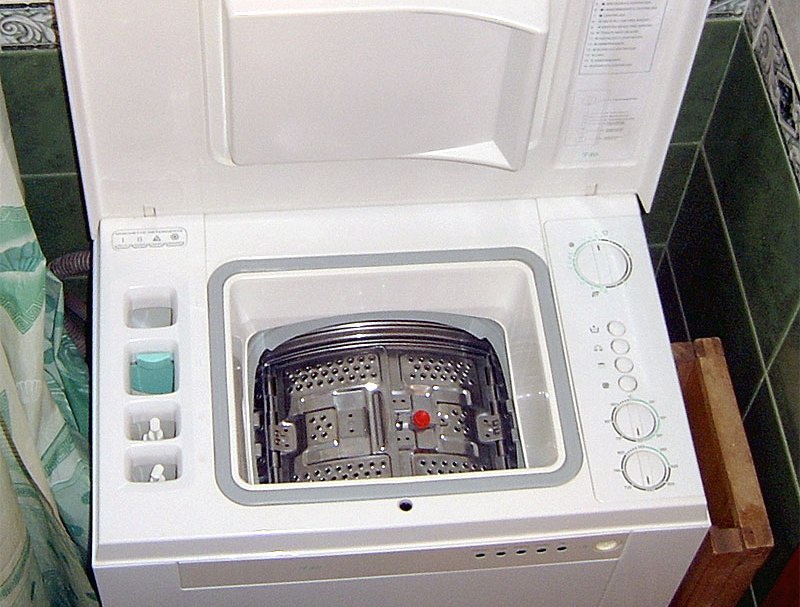Since its inception, internal combustion engines( ICE) have continuously improved, becoming more complex, but at the same time more powerful, efficient and economical. The qualitative work of the gasoline engine is largely determined by the way of preparing the air-fuel mixture.

For a rather long time, a carburetor was used for this purpose, but today this outdated mechanism gave way to a more efficient injector. Despite the fact that the latter was adopted in the domestic and foreign automobile industry for a long time, many modern motorists do not understand well what the injector differs from the carburetor. In this article we will clarify this issue.
How the carburetor works
If you have ever bleached the ceiling with a vacuum cleaner, you will easily understand the principle of the carburetor. During operation of the engine, the pistons in the cylinders suck in air, which flows through a pipeline combined with the fuel supply system. According to the Bernoulli law, the pressure in the air flow is reduced, so that the gasoline vapors are sucked into the air line.
The air-fuel mixture thus formed falls into the cylinders of the internal combustion engine, where its combustion takes place. Of course, in a real carburetor engine is not all so simple, there are many mechanisms that allow you to monitor fuel consumption and perform a lot of other tasks. But this is, as they say, the details.
How the injector works
The main difference between an injector and a carburetor is the combination of mechanics with electronics. Being a purely mechanical system, the carburetor is not able to take into account a number of parameters of the running engine, so that the quality of the air-fuel mixture and the mode of supplying it to the cylinders in the carburetor engines are not the most effective. Change the situation in the most revolutionary way helped by the ubiquitous "smart" electronics and the injector engines created on its basis.
At its core, the injector is an air-fuel mixture injection system controlled by a small processor-controller. The latter controls spark plugs, as well as injectors, which are installed instead of suction valves. The nozzles are part of a common pipeline - the fuel stage, into which the fuel mixture is injected with excess pressure by means of a pump. Controlling the supply of the spark, as well as the moment and duration of opening the injectors, the controller takes into account a number of parameters, information about which comes from special sensors:
- mass air flow;
- position and speed of the crankshaft;
- throttle position;
- coolant temperature;
- degree of detonation in cylinders;
- current voltage in the vehicle's electrical system;
- driving speed.
Advantages and disadvantages of
The injector engine from carburetor differs in weight of advantages, the most significant of which are:
- Easy start of the engine at any air temperature and under any weather conditions.
- No need for manual adjustment, which can be performed with proper quality only by a professional with great experience.
- Complete combustion of fuel and, as a result, high efficiency and environmental friendliness of the engine.
- Absence of "diseases" characteristic for carburettor engines: clogging of the system, sticking of the needle, etc.
However, the injector engines are not without drawbacks, to which are listed:
- High engine cost.
- A large number of items that can not be repaired( in case of breakage they have to be changed).
- High quality requirements for fuel.
- Relatively high cost of repairs.
But do not throw the carburetor "to the dustbin of history."This simple and unpretentious device is appreciated by many specialists for the ability to quickly adjust and adjust, which requires only experience and a screwdriver. Due to this, the carburetor engine can be quickly optimized, for example, under the conditions of the race track, which change with each new race or stage of competition. An important advantage is the "omnivorousness" of such engines, which is especially important for the CIS countries, where the quality of gasoline at the gas stations still leaves much to be desired.


